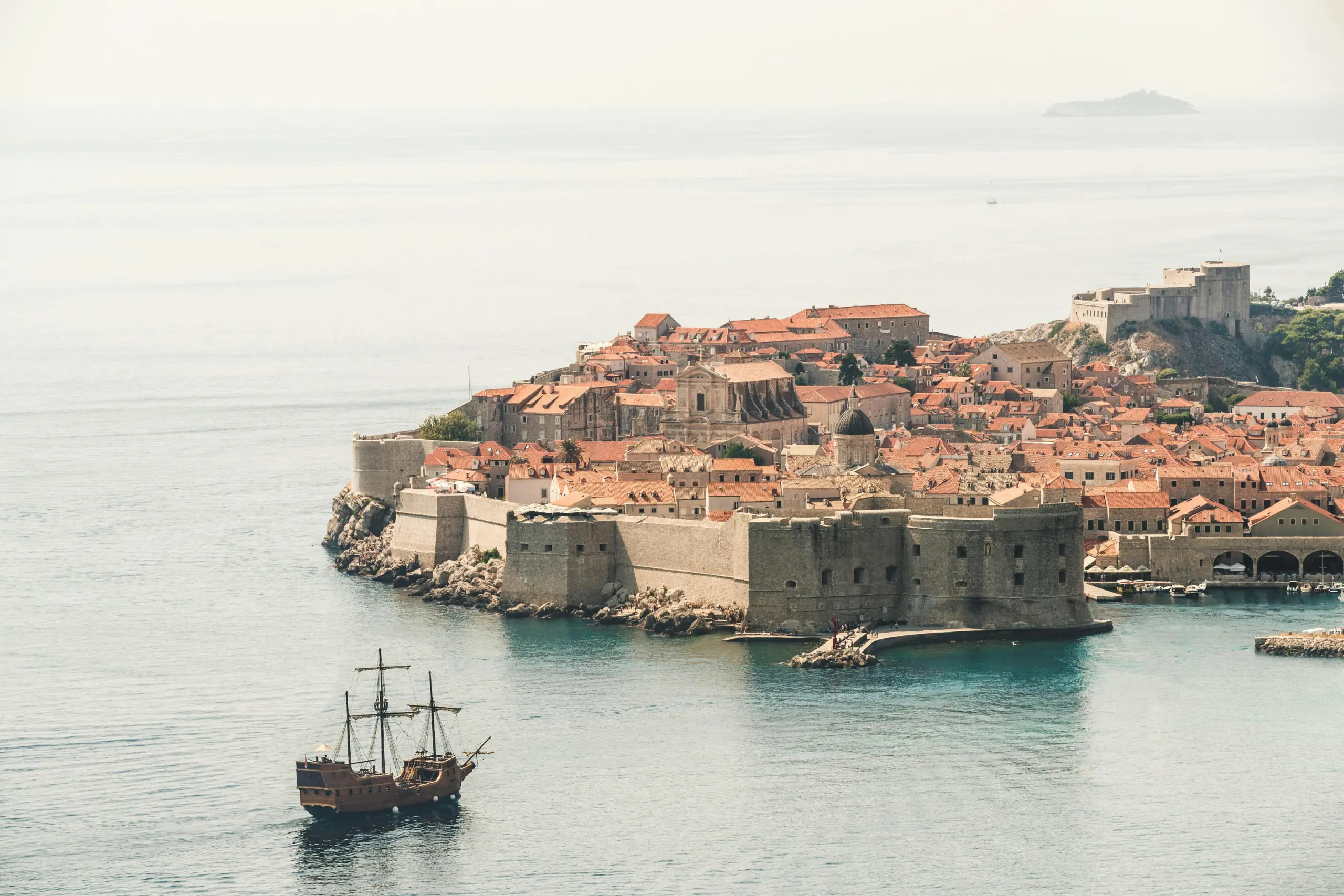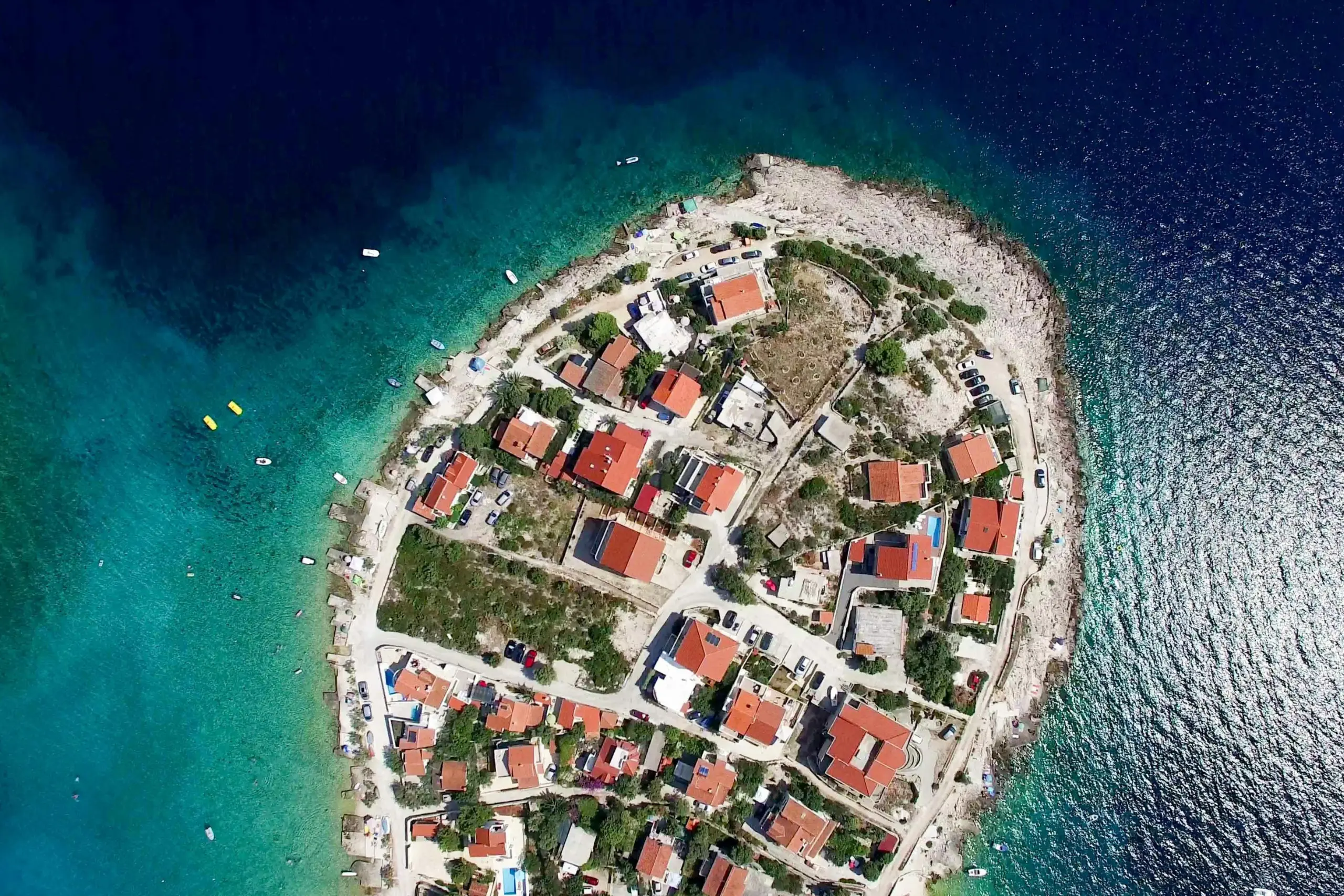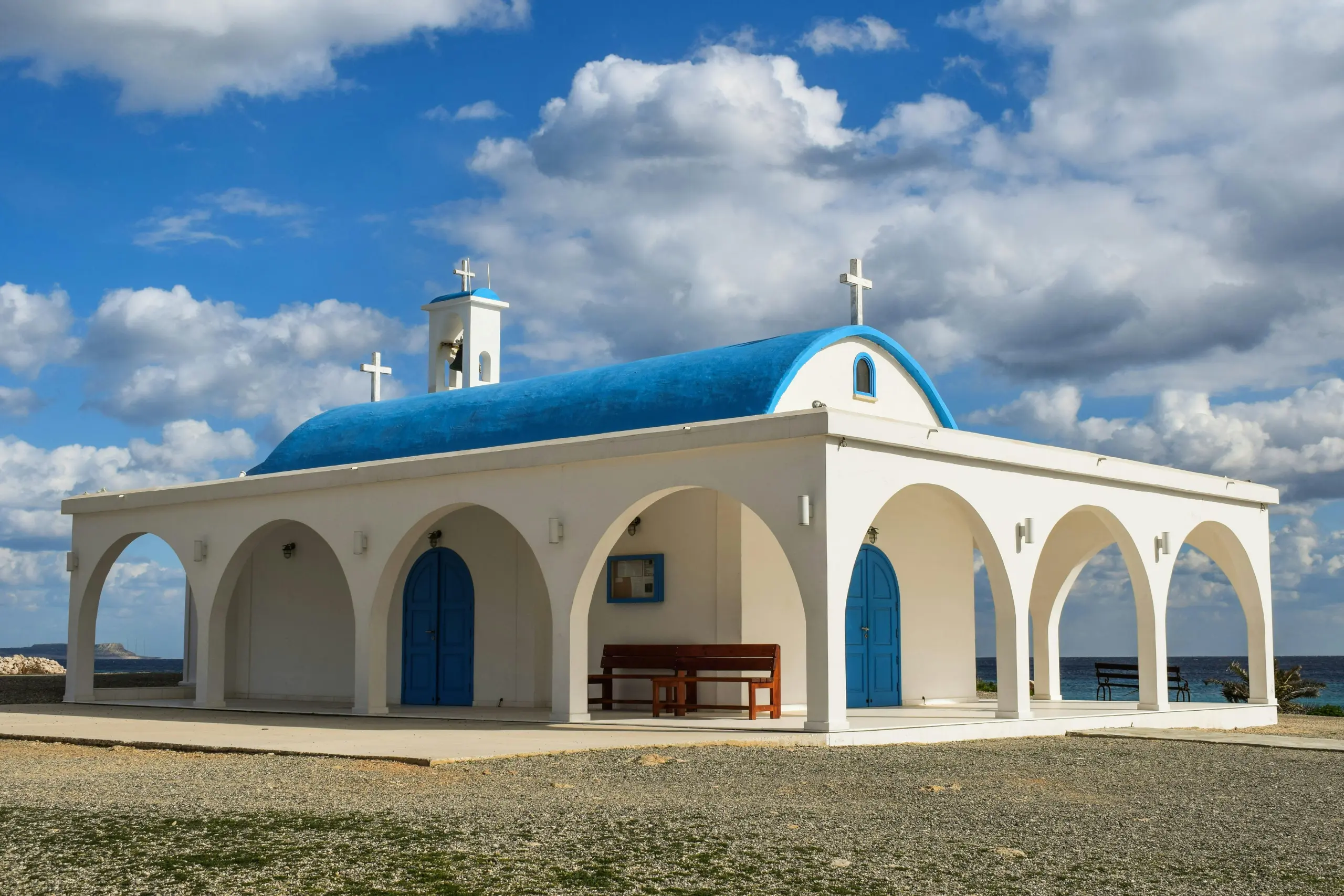Dan državnosti 2026: The Official Croatian National Day Countdown



Ancient walls meet the sea.
Day(s)
:
Hour(s)
:
Minute(s)
:
Second(s)
When is the Independence Day of Croatia?
Croatia celebrates its Independence Day on 25 June. On this date in 1991, the Croatian Parliament (Sabor) proclaimed independence from Yugoslavia, marking the nation’s formal step toward sovereignty.
Is Croatia’s Independence Day a public holiday?
Yes, Croatia’s Independence Day on 25 June is a public holiday, and most businesses, schools, and government offices remain closed while people take part in festive events and celebrations.
History of Croatia independence day
In May 1991, the Croatian referendum gained strong support from voters, leading to independence in June when the Parliament, known as Sabor, proclaimed it. By July, Slovenia joined Croatia in signing the Brioni Declaration, where both countries agreed to suspend declarations and acts of their parliaments regarding secession from Yugoslavia for several months. During this time, the War began.
In October, the Parliament decided to end relations with the Socialist Federal Republic of Yugoslavia through a Decision on the termination of state and legal ties with other republics and provinces. The session was held in the basement of an INA building due to the possibility of a repeat incident like the bombing of Banski dvori. Later, the Government of Ivica Račan moved the holiday to 8 October, marking 25 June as Statehood Day. In November 2019, a new law on holidays restored the date to 25 June, with 8 October becoming the Day of the Croatian Parliament. The festive counter for these events reflects both the nation’s historical journey and the countdown to each celebration, making the festive atmosphere unforgettable for every counter of the nation’s pride.
Capital of Croatia
Zagreb, the capital and largest city, lies in the north of the country along the Sava river, beneath the southern slopes of the Medvednica mountain. Near the international border with Slovenia, it stands at an elevation above sea level that adds charm to its geographical image. The census shows a significant population in both the city and its metropolitan area.
The settlement traces its roots to the Roman Andautonia in Šćitarjevo, with the historical record of the name linked to Kaptol. Declared a free royal city in history, Zagreb saw Janko Kamauf as its first mayor. Today, it functions as a consolidated city-county separate from Zagreb County, administratively subdivided into multiple city districts like Podsljeme and Sesvete. Extending east-west and north-south, it ranks as a global city with a Beta- rating by the Globalization and World Cities Research Network.
The city’s transport connections, industry, scientific and research institutions, and industrial tradition secure its economic position. Home to the central government, administrative bodies, ministries, companies, media, and headquarters, it serves as a major transport hub linking Central Europe, the Mediterranean, and Southeast Europe. Its diverse economy, quality of living, museums, sporting and entertainment events, and high-tech industries enhance its service sector. The festive counter of Zagreb’s growth matches the countdown to its future achievements, making it a truly festive city for every counter of cultural and economic success.
| County | Official Language | Main Dialect | Famous For |
|---|---|---|---|
| Istria | Croatian | Chakavian | Truffles, coastal cuisine, hilltop towns like Rovinj and Motovun |
| Lika-Senj | Croatian | Chakavian (coastal), Štokavian (inland) | Plitvice Lakes National Park, karst landscapes |
| Zadarska (Zadar) | Croatian | Chakavian | Roman ruins, Sea Organ, stunning sunsets |
| Split-Dalmatia | Croatian | Chakavian | Diocletian’s Palace, islands, beaches |
| Zagrebačka (Zagreb County) | Croatian | Mix (Kajkavian + Štokavian features) | Proximity to capital, upland landscapes |
| City of Zagreb | Croatian | Standard Štokavian with urban features | Capital city – museums, culture, historic center |
Source: Information on administrative counties, dialects (e.g., Chakavian mainly in Istria/Lika/Zadar region) :contentReference[oaicite:0]{index=0}
Croatia Independence Day (2025–2030)
| Year | Date | Day |
|---|---|---|
| 2025 | October 8, 2025 | Wednesday |
| 2026 | October 8, 2026 | Thursday |
| 2027 | October 8, 2027 | Friday |
| 2028 | October 8, 2028 | Sunday |
| 2029 | October 8, 2029 | Monday |
| 2030 | October 8, 2030 | Tuesday |
* Observed annually on October 8 — Croatia Independence Day.
FAQs
Is October a good time to visit Croatia for Independence Day?
Yes, the weather is pleasant in early October, and visitors can enjoy both the holiday celebrations and fewer tourist crowds.
Does Croatia have military parades on Independence Day?
While not held every year, military parades and displays sometimes take place during major anniversaries.
What was the key event that led to Croatia’s Independence Day?
The main event was the Croatian Parliament’s decision to end legal and political relations with Yugoslavia in 1991.
What language is spoken in Croatia?
The official language is Croatian. It uses the Latin alphabet and is widely spoken across the country.
What is the currency of Croatia?
The official currency is the Euro (€), which replaced the Croatian Kuna in January 2023.
